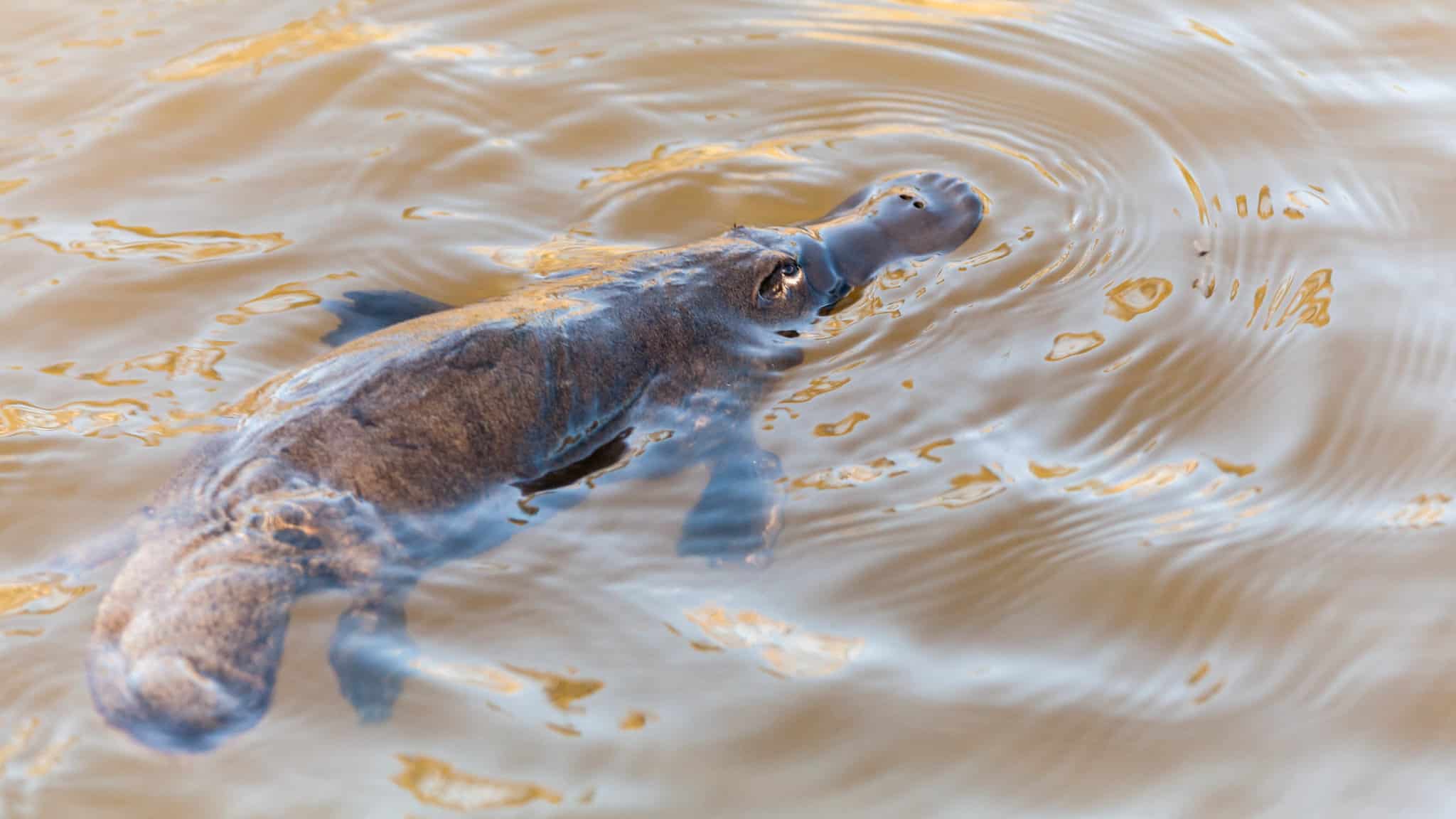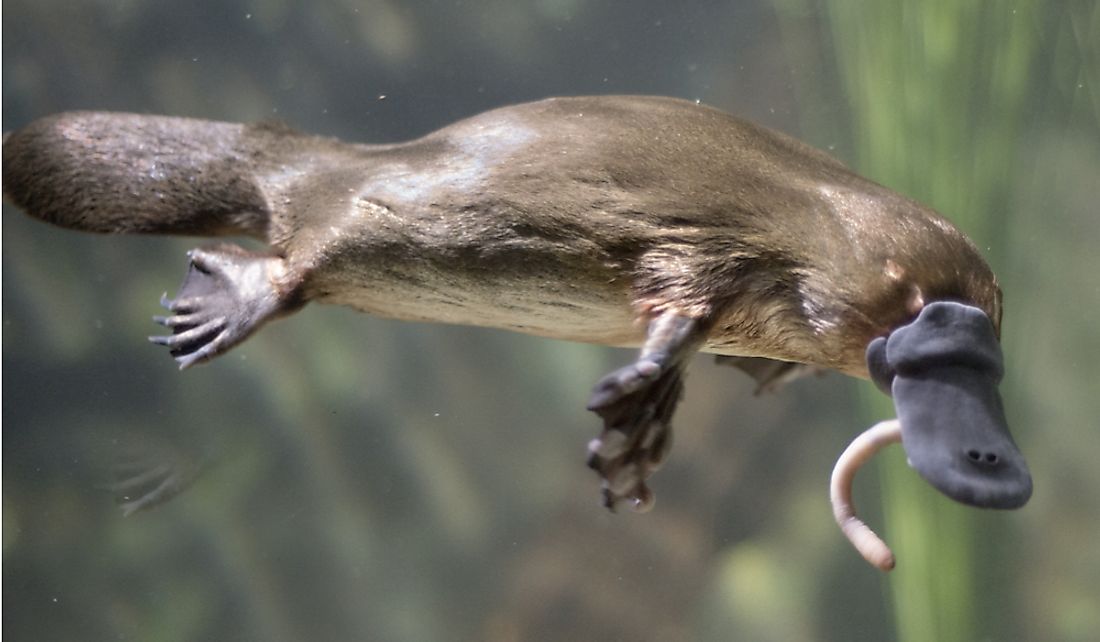
Platypuses were once found in Mount Lofty Ranges and the Adelaide Hills of South Australia, but now it is extinct from that state. It is found throughout Tasmania, eastern Queensland, and New South Wales, southwestern, central, and eastern Victoria. Basically, throughout the eastward and westward flowing rivers of the states of eastern Australia, we find these platypus mammals. It is likely to be found in freshwaters where its electrical navigation system is in effect, but it has also been found swimming in salt waters occasionally. Platypus is a native to eastern Australia and is mostly found on streams, rivers, and bodies of freshwater. Similar electroreceptors are also found in echidnas, the other mammals of order Monotremata. Due to small eyes, when platypuses are submerged in water, their sense of sight, hearing, and smell tend to shut down, but they have unique touch receptors and electroreceptors which is an electromechanical system that helps in navigation underwater. They have a flattened body and streamlined head with dense waterproof fur which helps in swimming and strong limbs which helps them in digging. The features of the duck-billed platypus are adapted for its semi-aquatic nature. Along with the light and dark brown fur on the body, they have white, furry patches under their eyes which add to their distinctive appearance. Platypuses have a flat bill and webbed feet like that of ducks a beaver-like paddle-shaped tail and a sleek body with fur similar to an otter.



This amphibious, egg-laying mammal is scientifically named Ornithorhynchus anatinus. A platypus is one of the most unique species of the animal kingdom.


 0 kommentar(er)
0 kommentar(er)
